A Look to the Past Century of Italian Design, Courtesy of Triennale Milano
- Oops!Something went wrong.Please try again later.
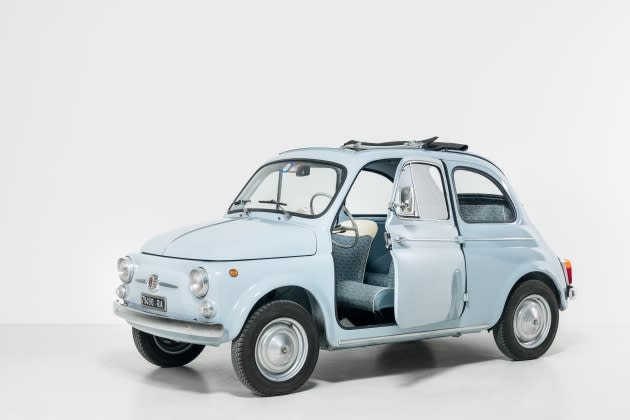
From the ’60s Nuova 500 D Fiat car to the 1995 Frog chair by Piero Lissoni, passing by the inventive Tramonto a New York sofa designed by Gaetano Pesce for Cassina in 1980 and the lip-shaped Bocca one created by Studio 65 for Gufram in 1968 — the last century of Italian design has been punctuated by iconic pieces, now grouped and displayed in a new exhibition being staged at the Triennale Milano museum in Milan.
Opening Saturday, the renewed Museo del Design Italiano showcase aims to trace the history and evolution of the institution as part of its 100th anniversary celebrations, which will include a packed schedule of shows, events and talks encompassing design, architecture, photography and art.
More from WWD
A Look Inside Alessandro Maria Ferreri's Gorgeous Rome Apartment
Inside the "Hair and Hair" Exhibition at Paris' Les Arts Décoratifs Museum
Coinciding with Salone del Mobile, the program will kick off with the retooling of Museo del Design Italiano — first established in 2008 as part of the Triennale museum. The new look, selection of objects and display conceived by Paolo Giacomazzi Design Studio will run through February 2025.
Curated by Marco Sammicheli, the exhibition will be located once again in the “Curva” — as the 14,000-square-foot space on the ground floor of Triennale’s Palazzo dell’Arte building is called — and feature more than 300 pieces arranged chronologically and selected from the 1,600 items in the institution’s permanent collection. Archival documents, historical photos, artwork and graphic designs of prominent authors were also donated or given on long-term loan by other museums and private collections to flank the design pieces.
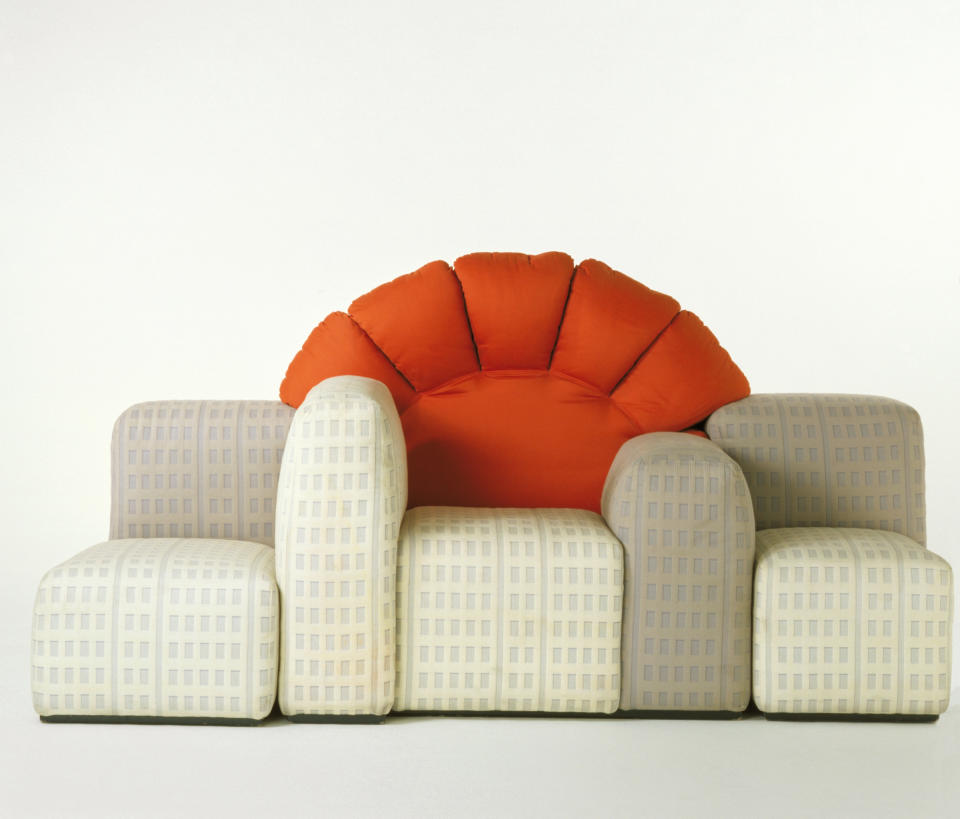
The layout will also feature six thematic rooms with partial reproductions of interior designs to illustrate some of the most significant cultural changes that have involved Milan and Italy over the past century. “We wanted to highlight that design is everywhere: in an office, a garage and even in a bathroom,” says Sammicheli about the choice.
The link with the Milanese and Italian context — as well as with the history of Triennale — was one of the criteria that guided the director and curator of Museo del Design Italiano in selecting the items for the show, in addition to the innovative features expressed by each piece in terms of new techniques, materials, aesthetic codes and the ability to influence and transform not only the industry but also social behavior.
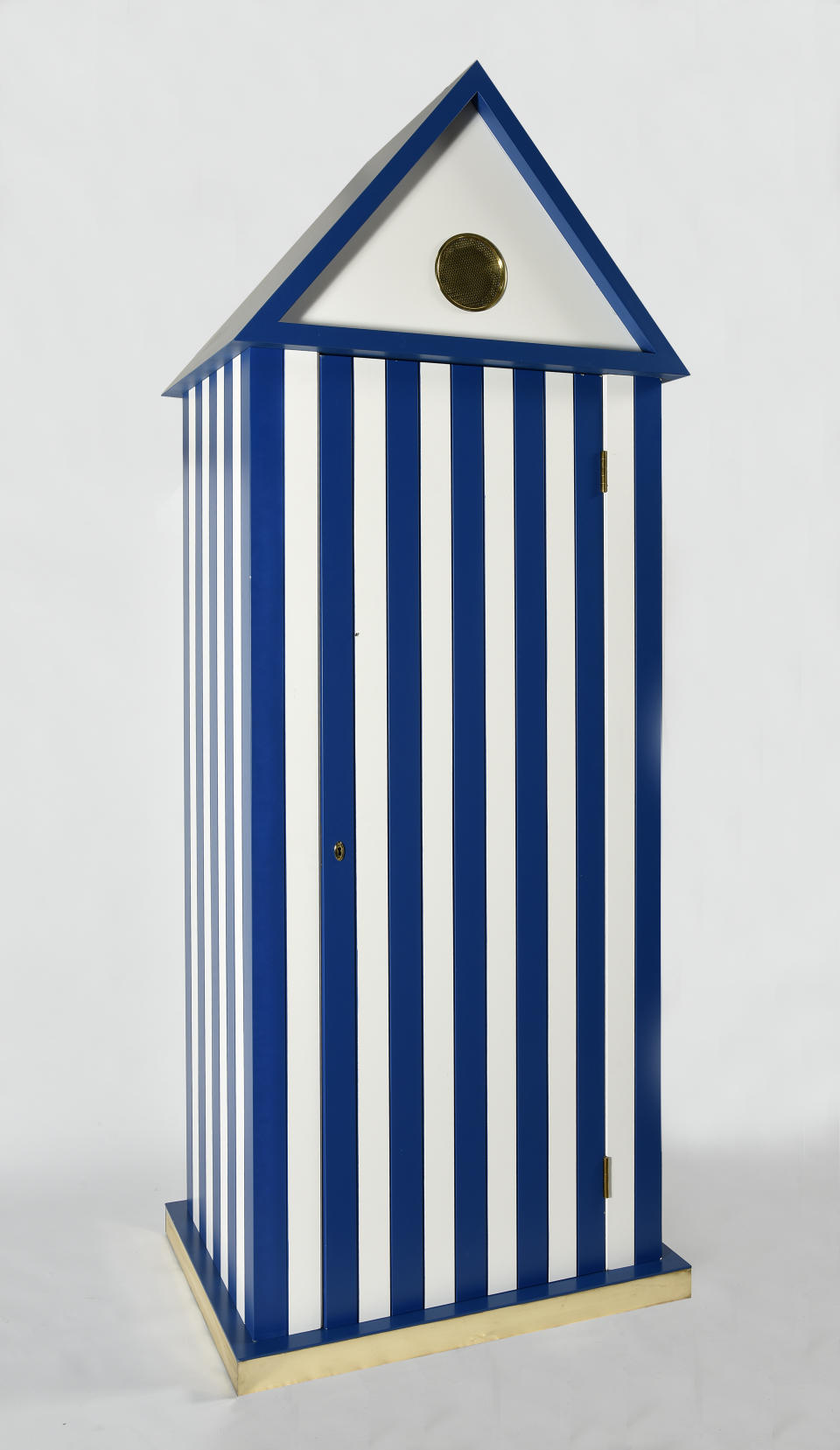
For example, there are two designs Sammicheli indicated as key: the Fiat 500 car, which in the ’60s represented freedom for younger generations as it was “used to go on holiday, but also to escape parental control, go out and have fun,” and the P101, the “first desktop computer in the history of technology, a project by Mario Bellini for Olivetti which was later purchased also by NASA, that used it to calculate the lunar route.”
These refer to one of the three pivotal moments in the history of Italian design, according to Sammicheli, the first of which is the ’50s and the period of reconstruction after World War II. The era propelled the local industry’s shift from small and artisanal businesses to industrial companies able to respond to new demands from consumers.
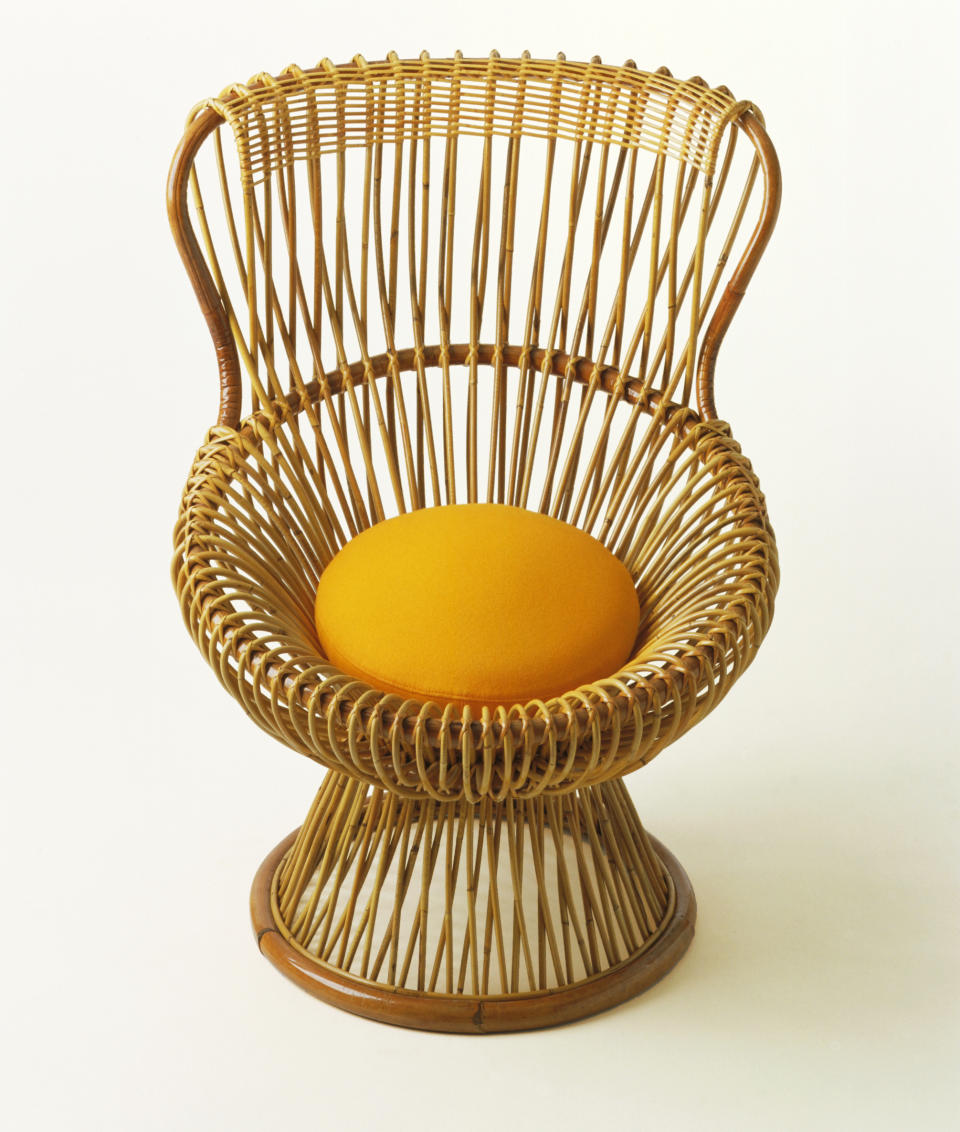
For the curator, the second turning point was the early ’70s, when Italian design shifted from conceiving objects to creating “systems and to a design rewriting the paradigms of living, of offices and of transportation.”
Lastly, with the ’80s and the disruption offered by a series of prominent avant-garde creatives dedicated to hedonism, to colors and monumental volumes — such as the Alchimia, Memphis and Bolidismo collectives — Italian design changed gears again and evolved into an international phenomenon and effervescent hub involving a large number of talents and companies as well as “a hospitable community welcoming designers hailing from Europe and the rest of the world to hybridize languages,” notes Sammicheli.
For one, he names Nathalie Du Pasquier as an example of this cross-pollination, since the French designer brought the language of painting into the local scene, namely into the Memphis collective she was part of since the group’s foundation in 1981.
Along with the work of Du Pasquier, Sammicheli also suggests as highlights of the show Milan’s subway sign designed by Franca Helg, Bob Noorda and Franco Albini for its role in public life and the Orbital lamp that Ferruccio Laviani designed in 1992 for Foscarini.
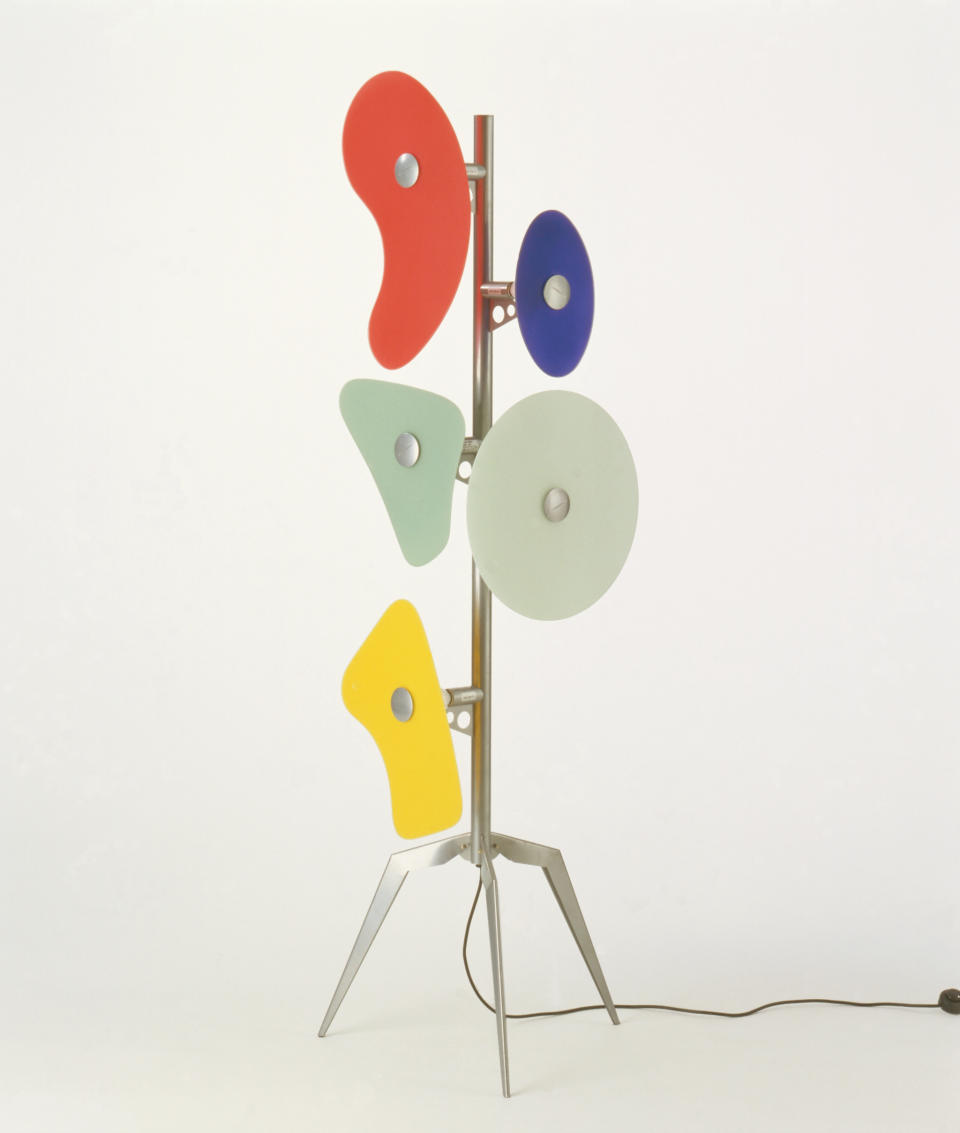
Other key items include the Margherita chair designed by Franco Albini and Gino Colombini in 1950; the Thinking Man’s Chair conceived by Jasper Morrison for Cappellini in 1988; the Pezzati series of vases realized by Fulvio Bianconi for Venini in 1951, and Aldo Rossi’s 1980 Cabina dell’Elba beach cabin, which became a distinctive element of Italian resort destinations.
“But it’s difficult to pick favorite pieces [in the show]: I love them all and consider all of them very useful to a storytelling aimed at drawing all types of public closer to design,” says Sammicheli. To wit, he underscores his intention of “not doing a museum for 500 people” but for the general audience.
“The first visitors are always the ones in our community but I prefer to disappoint them… we made a choice to mainly speak for the second tier of the audience but without generalizing or simplifying the concepts too much,” he says.
This approach builds on Triennale’s mission of becoming a platform for open debate and conversations that could spark ideas for future developments of the arts.
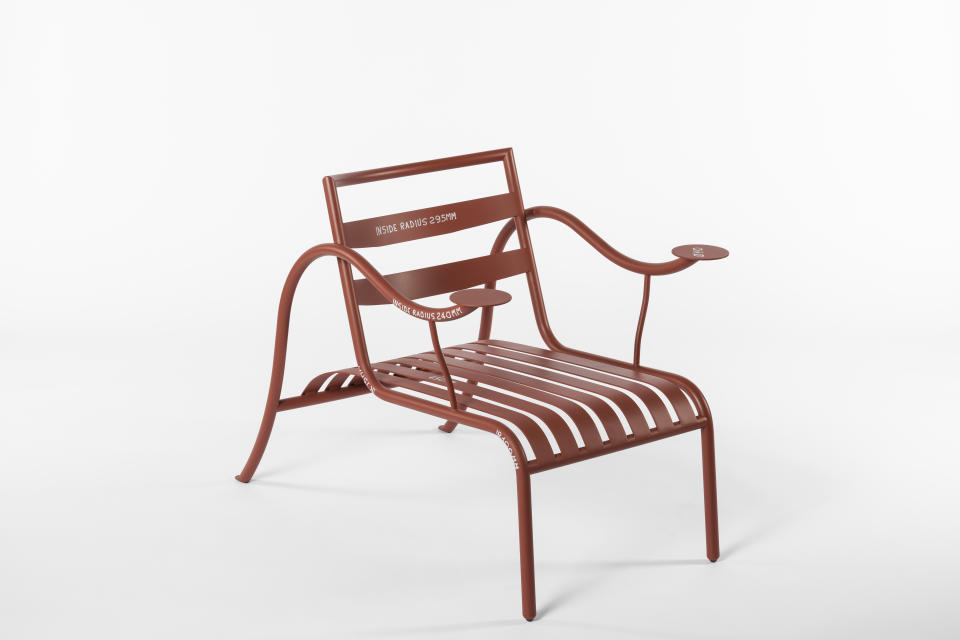
“The 100th anniversary we celebrate this year represents just a way to look back and reflect on what we have achieved in order to go ahead facing the challenges of the future… It’s a starting point to open up a new path leading to increased dialogue, explorations and receptiveness to different points of view,” says Triennale Milano’s president Stefano Boeri.
To this end, Museo del Design Italiano will feature Design Platform, a new space positioned at the end of the exhibition and aimed at staging a rotation of temporary shows that spotlight contemporary designers and themes impacting the world today.
Also curated by Sammicheli and running from Saturday to Sept. 17, the first exhibit hosted at Design Platform is called “Text” and explores the interactions between texts, images, interfaces, art and textiles across five sections. The show will be followed by an exhibition dedicated to Italian designer Alberto Meda in October.
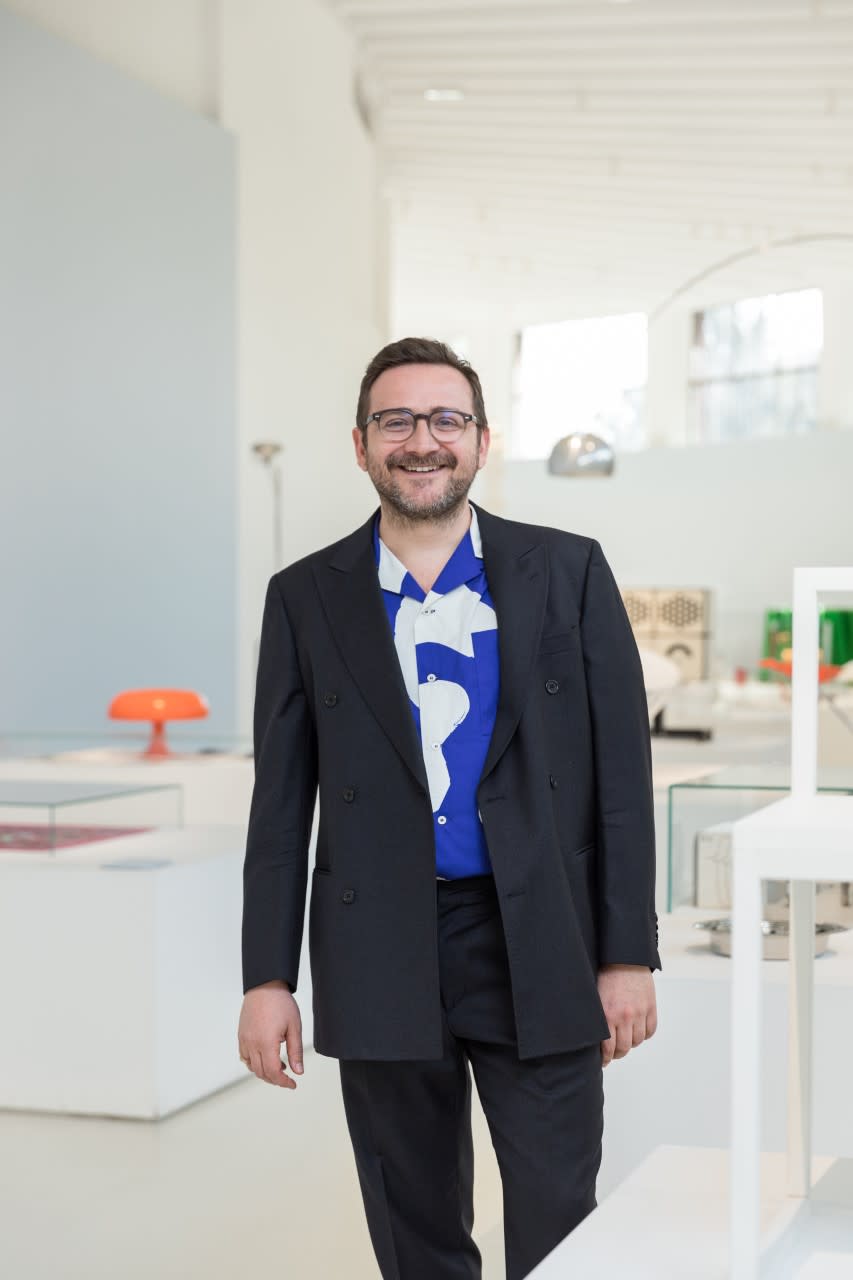
Boeri notes that in the past few years Triennale Milano sought to be not only a cultural foundation and exhibition space but to “return to being a school, a place where the proximity to beautiful objects and spaces, enriched by the circulation of ideas, concepts and images, serves to [communicate and pass down] skills, knowledge and awareness.”
To sustain this mission, the anniversary celebrations will culminate in December with the opening of Triennale Archives, which will allow public access to all the materials in the archives — including works from Lucio Fontana, Enzo Mari, Gio Ponti, Mario Sironi and Ettore Sottsass — as well as to conduct research to nurture ideas for the future.
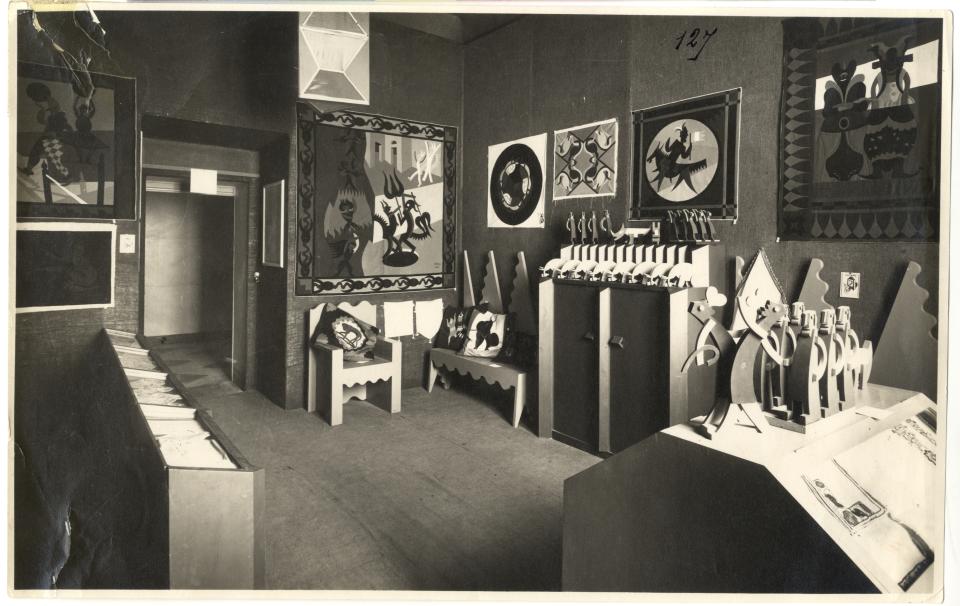
Meanwhile, the museum will host other events during Milan Design Week, such as the “Droog30” show coproduced with Nieuwe Instituut in Rotterdam and celebrating the work of the innovative Dutch design collective, and “Lisa Ponti. Drawings and Voices,” dedicated to the Italian artist and daughter of Gio Ponti. These will add to the ongoing retrospective dedicated to Milanese architect Angelo Mangiarotti, the permanent installation of Ettore Sottsass’ Casa Lana, and the “Mirdidingkingathi Juwarnda Sally Gabori” showcase, presented as part of the partnership between Triennale Milano and Fondation Cartier pour l’art contemporain.
After Salone del Mobile, the other two major exhibitions scheduled for the year will include “Home Sweet Home,” opening in May which will feature 12 site-specific installations and immersive works by contemporary architects exploring the idea of home and living, and a show celebrating Italian painting. Opening in October, the latter will display more than 100 Italian contemporary artists from different generations, showcasing also new site-specific commissions and murals.
Talks and workshops will flank these events, such as a conference next month in Monza — an hour’s drive from Milan — where the institution was originally established in 1923. A decade later, Triennale relocated to Milan’s Palazzo dell’Arte building designed by Giovanni Muzio, which every three years hosts the International Exhibition, one of the key events in design and architecture worldwide.
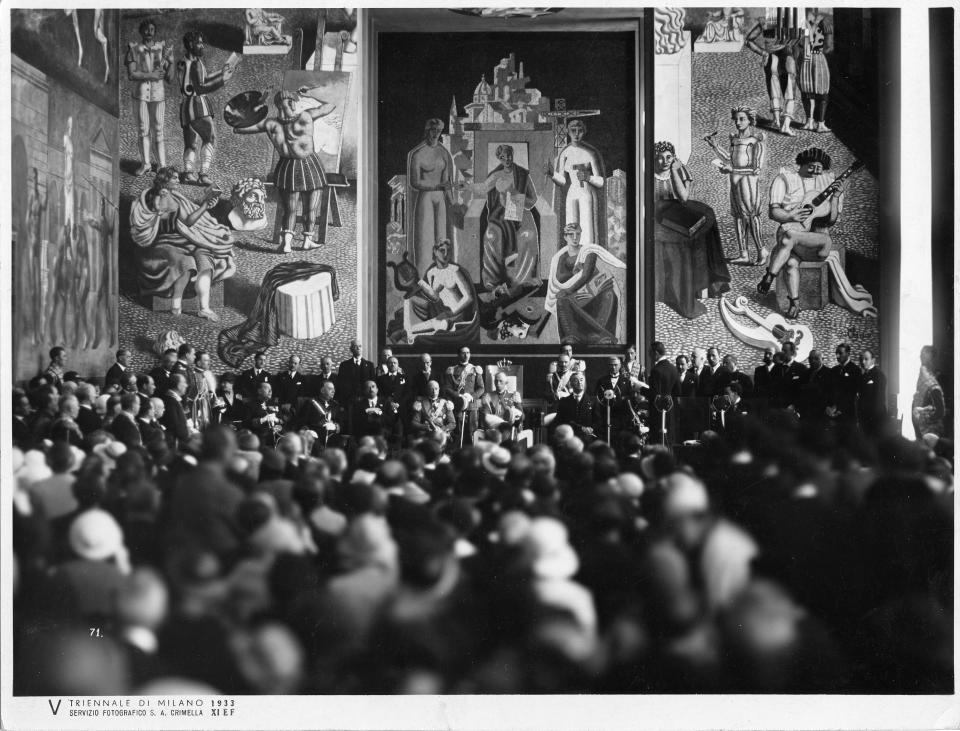
Last year, the 23rd International Exhibition was titled “Unknown Unknowns. An Introduction to Mysteries” and included a constellation of projects curated by astrophysicist Ersilia Vaudo and Burkinabè architect and 2022 Pritzker Architecture Prize winner Francis Kéré, among others.
Best of WWD

